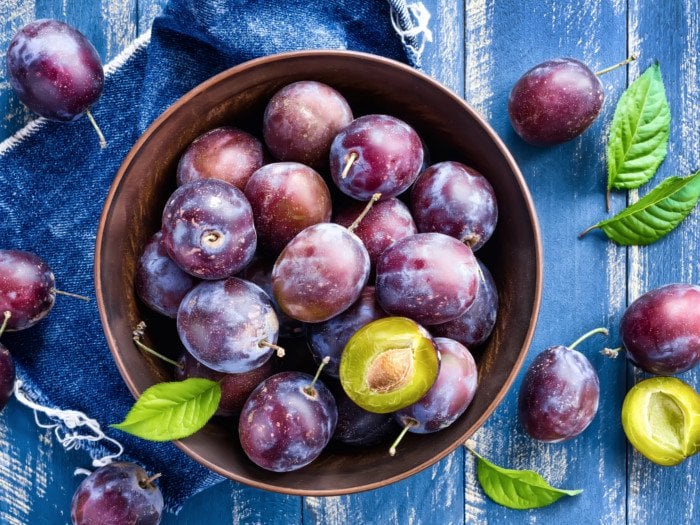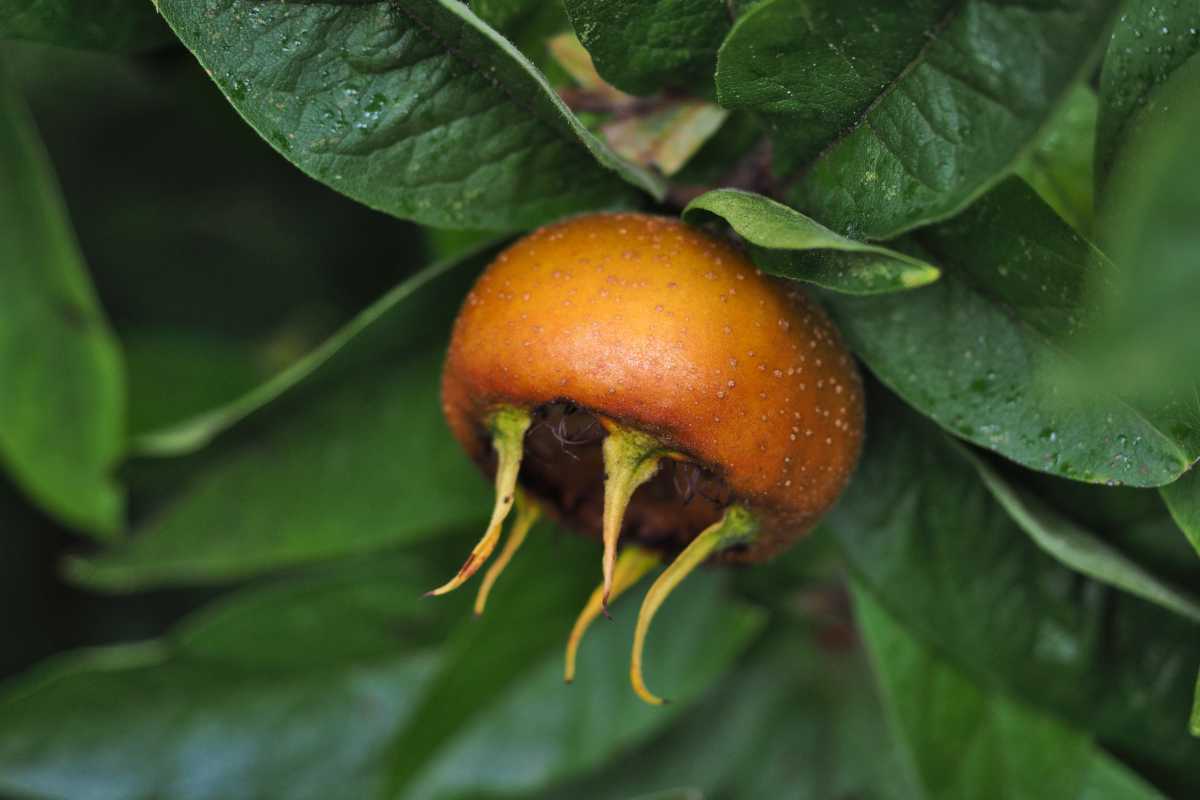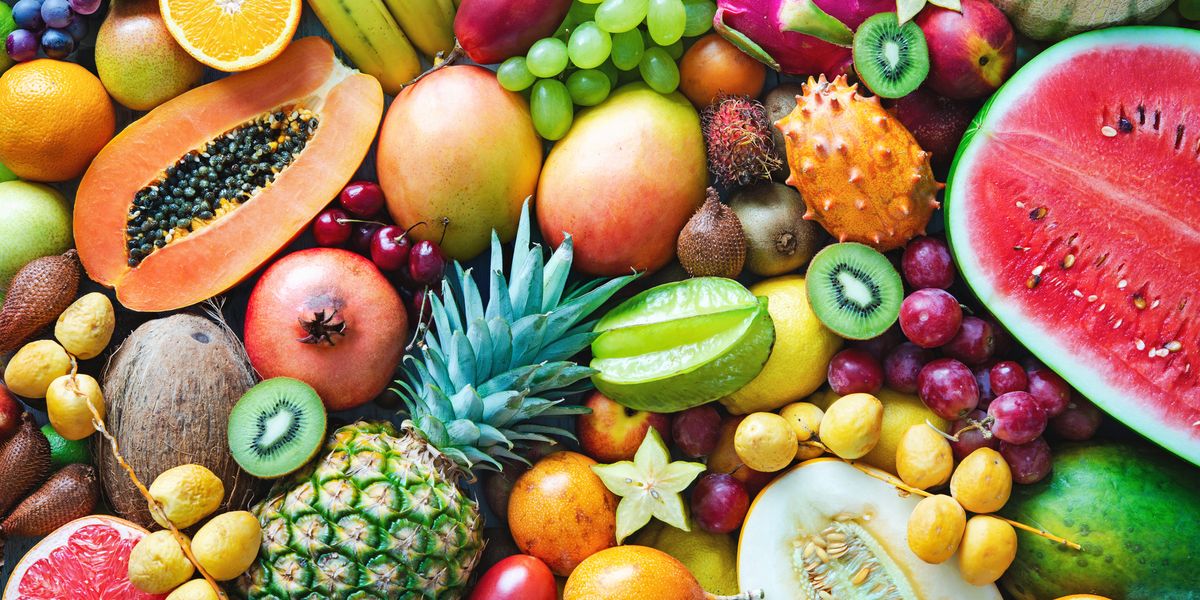How to Grow Plums in Your Home Garden
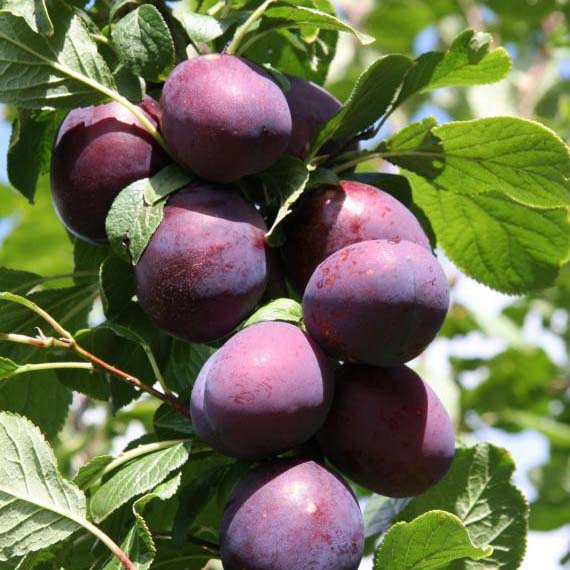
Table of Contents
Has it ever occurred to you that you should have your plum tree right in your garden space? Well, if not, then you should think about it. This is because plum varieties are easily available and not very hard to grow. You will not only benefit the environment but will get an abundance of juicy and sweet plums right in your garden.
Growing plums can be a rewarding and enjoyable experience. However, you must consider how to grow this fruit at home. Well, don’t worry, we have got that covered for you. We have mentioned all the necessary details and the process of growing the plant.
So that you can make all the tasty dishes out of it; plus, they are power-packed with nutrition and are rich in vitamin C and antioxidants. So tune in to know everything in detail.
Steps to Follow to Grow Plums in Your Home Garden
There are some crucial steps that you need to follow so that you have a healthy plum plant in your garden. We have mentioned all the steps below, so make sure you read all the details clearly.
1. Choosing the Variety of Plum Tree
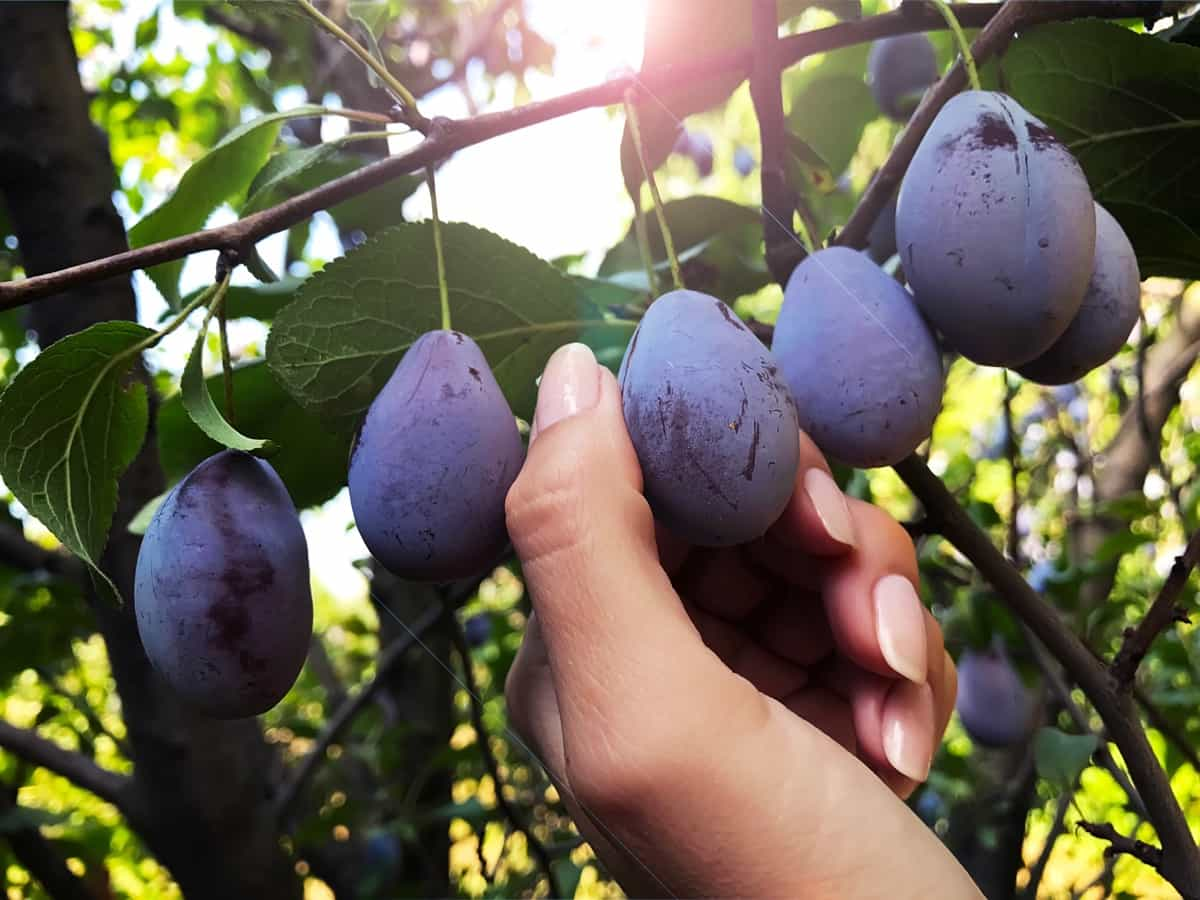
As we mentioned earlier, there are more than 20 plum types. So, it becomes important for you to choose the one that is good for your climate, soil type, and available space. These juicy fruits have their unique flavor, size, and color, so you choose whichever you like the most. Popular plum types include Santa Rosa, Burbank, Methley, and Satsuma. Consult with a local nursery or extension service to determine which varieties thrive best in your region. Also, you can take the help of an expert in your area who has a great knowledge of plants and trees.
2. Choosing an Ideal Location
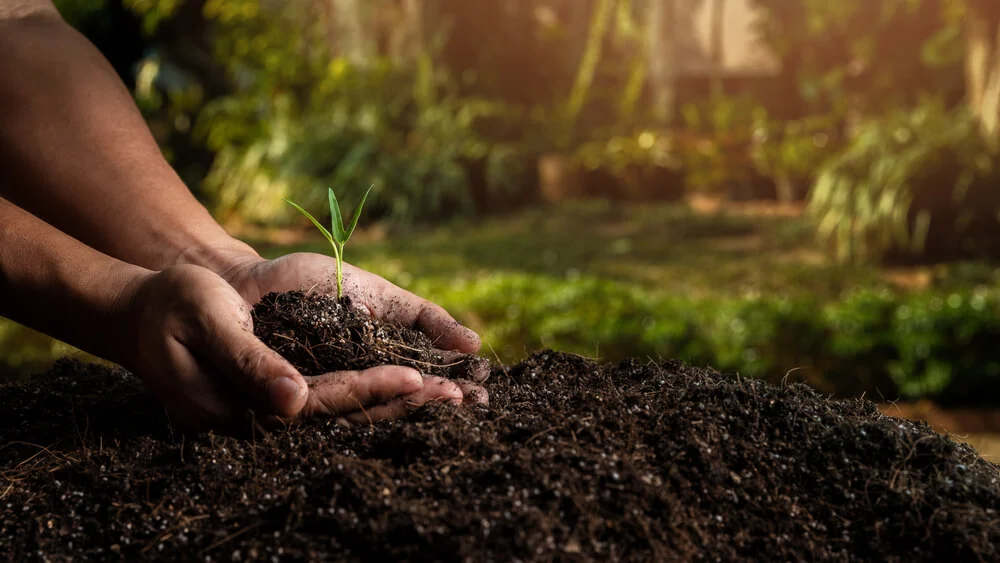
Plum trees require plenty of sunlight to grow and produce fruit. Select a location in your garden that receives at least 6-8 hours of sunlight daily. Additionally, ensure the area has well-draining soil to prevent soggy roots, which can harm the tree.
3. Preparing The Soil
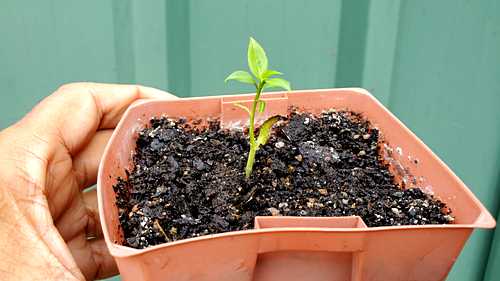
Plum trees thrive in well-drained, loamy soil with a slightly acidic to neutral pH. Test your soil to determine its pH and amend it accordingly. Add organic matter like compost or well-rotted manure to improve soil structure and fertility. Make sure the soil is loose and aerated to promote healthy root development.
4. Planting the Plum Tree
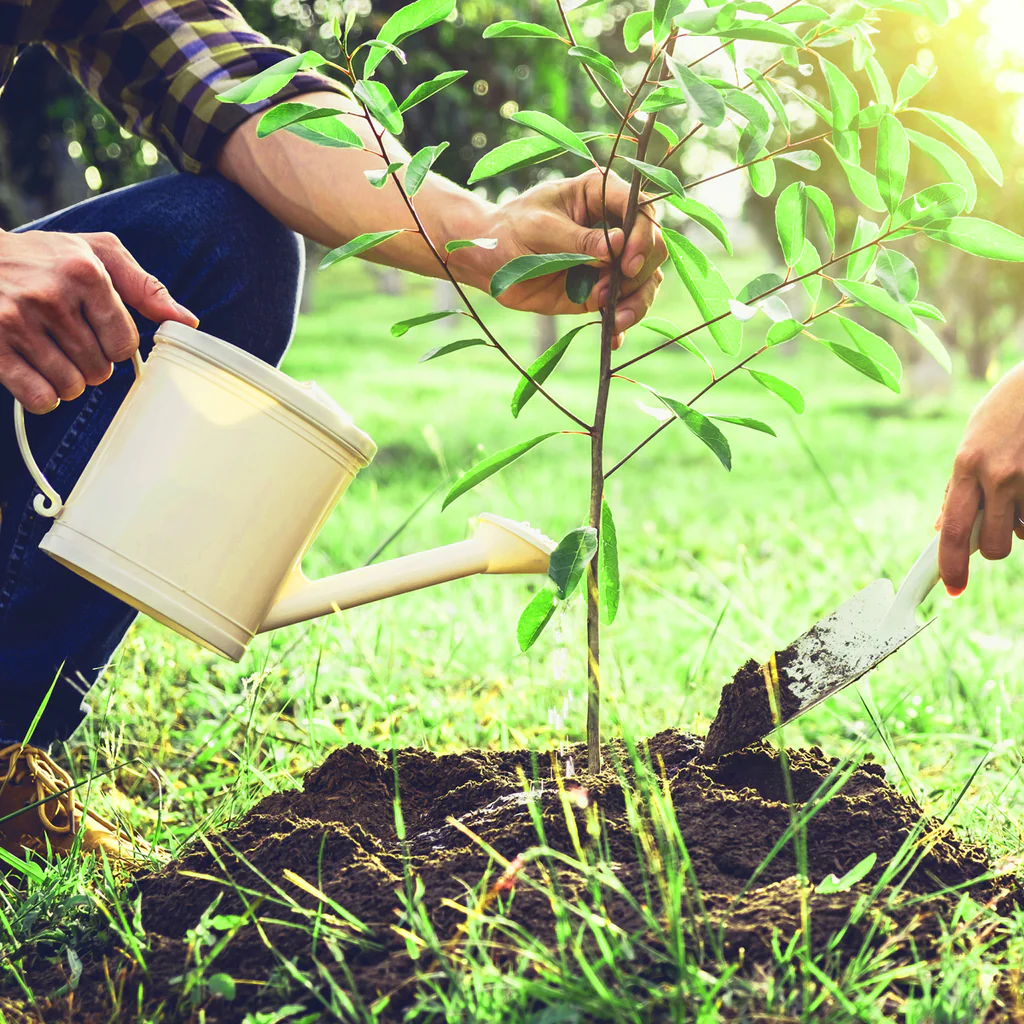
Plant plum trees during the dormant season, typically in late winter to early spring. Dig a hole that is twice as wide and deep as the root ball of the tree. Place the tree in the hole, ensuring the root collar is ground level. Backfill the hole with soil, tamp it down gently, and water the tree thoroughly.
5. Watering and Fertilizing
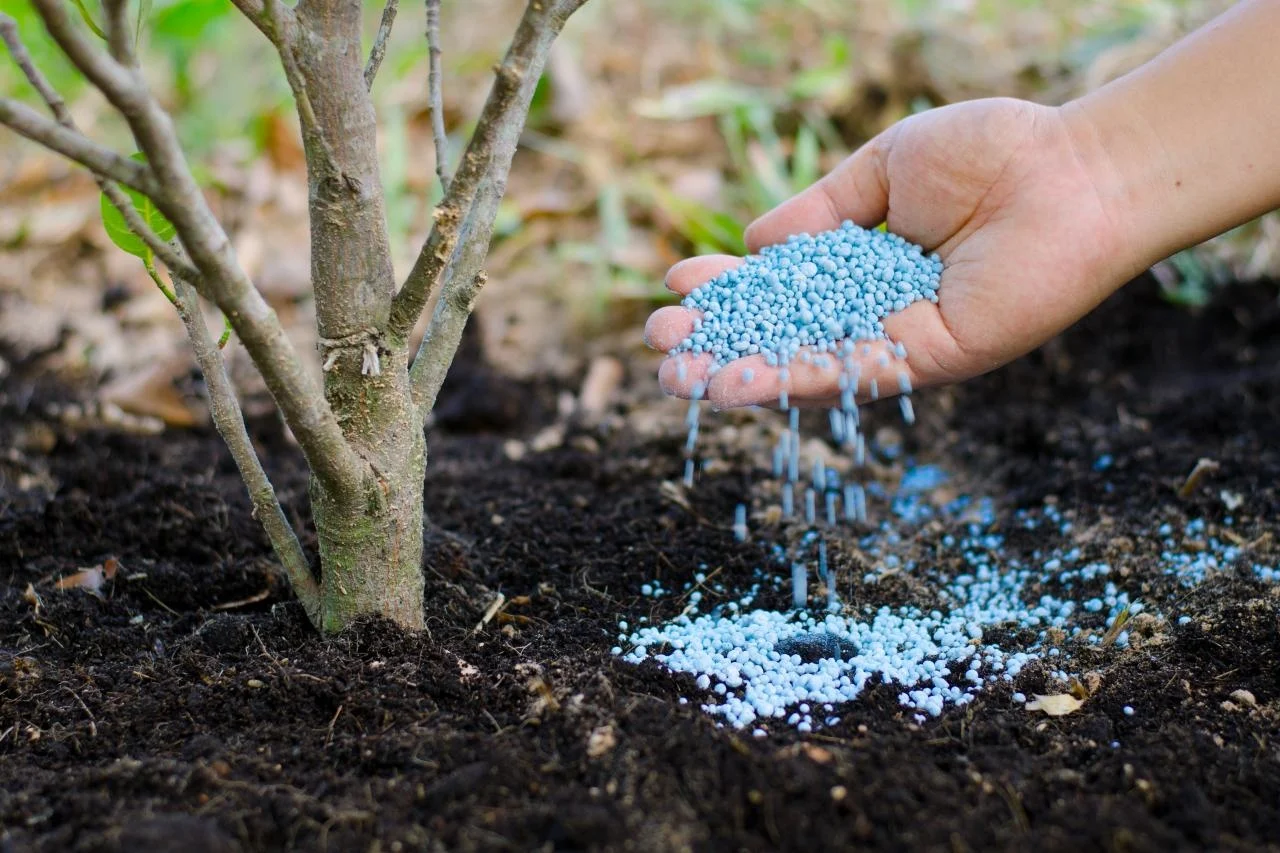
Young plum trees need consistent moisture to establish strong roots. Water your plum tree deeply once a week, especially during dry spells. As the tree matures, you can reduce the frequency of watering. Fertilize the tree in the spring with a balanced, slow-release fertilizer to promote healthy growth and fruit production.
6. Pruning and Training
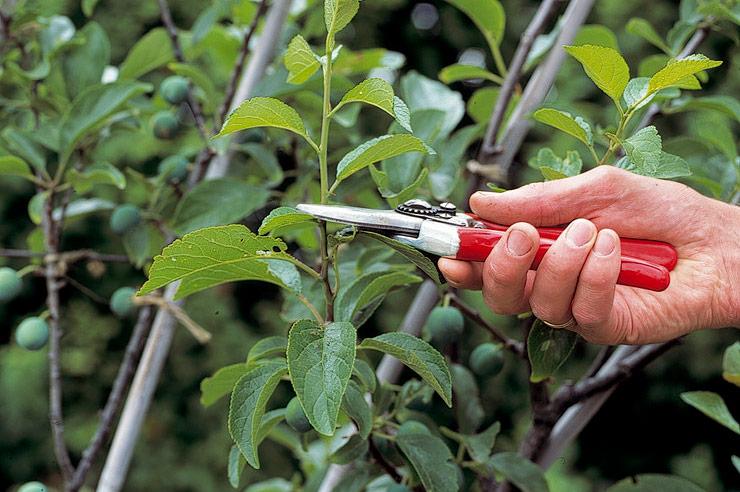
Pruning is essential for shaping your plum tree and encouraging fruit production. During the dormant season, prune away any dead, damaged, or crossing branches. Train the main branches to create an open canopy that allows sunlight to reach all parts of the tree. Regularly thin out excess fruit to prevent overcrowding and ensure larger, healthier plums.
7. Protecting Against Pests and Diseases
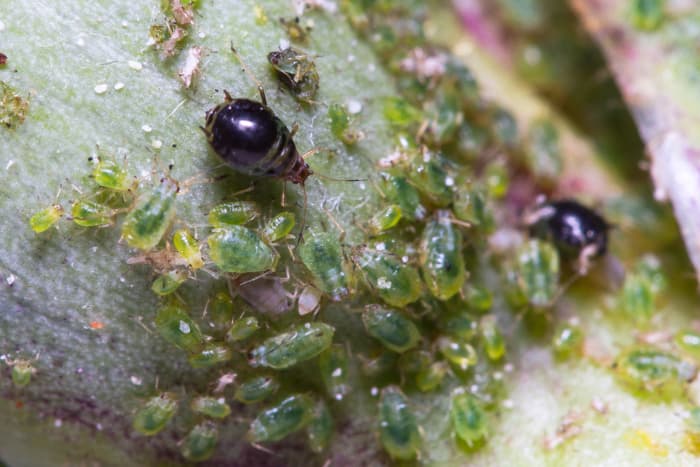
Keep an eye out for common plum tree pests such as aphids, plum curculio, and spider mites. Use organic insecticides or insecticidal soap to control infestations. Additionally, be vigilant for signs of diseases like brown rot, black knot, and bacterial leaf spot. Proper sanitation and regular applications of fungicides, if necessary, can help keep your plum tree healthy.
8. Harvesting and Enjoying Plums
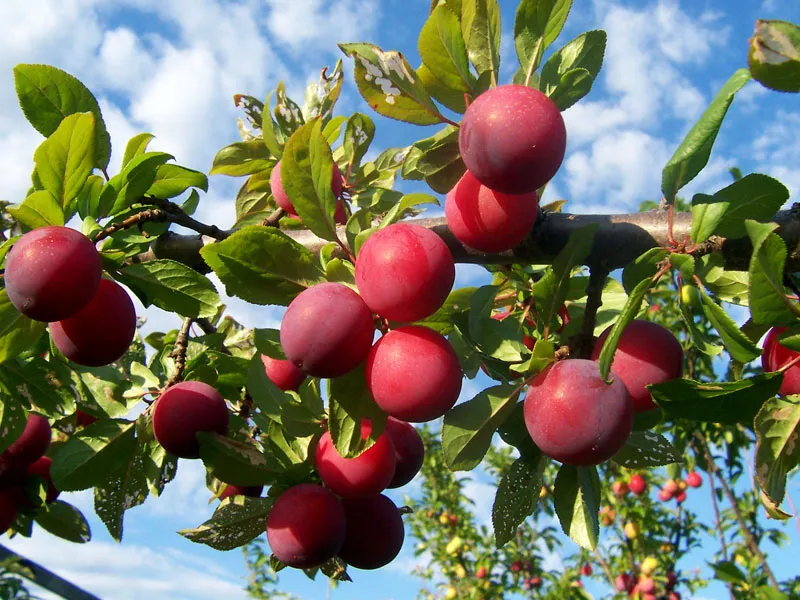
Plum trees typically produce fruit in the third to fourth year after planting. Harvest plums when they are fully ripe, usually when the fruit has a slight give when gently pressed. Use a gentle twisting motion to pick the plums from the tree. Allow harvested plums to ripen fully at room temperature before enjoying them fresh, making jams, or baking delicious plum-based desserts.
Conclusion
Nothing is better than growing these sweet little fruits in your home garden. Yes, we agree it will take some effort, but in the end, everything is worth it. We have mentioned all the steps that are involved in growing plums in your home garden.
However, there is one thing that plums cannot be stored for very long. So you can pick them when they are firm and wait until they are fully ripped; until then, store them in some cool place. And you are good to use them for up to a week.
Enjoy these delicious sweet and sour plums in making jams and sauces.
Frequently Asked Questions
Can I Grow Plums in Pots or Containers?
Yes, it is possible to grow dwarf plum trees in large pots or containers. Ensure the container has good drainage, and use a high-quality potting mix.
When is the Best Time to Harvest Plums?
Plums are ready to harvest when they are fully ripe. They should have a slight give when gently pressed. Use a twisting motion to pick them from the tree. Allow harvested plums to ripen fully at room temperature before enjoying them fresh.
How Often Should I Water My Plum Tree?
Young plum trees need regular watering to establish strong roots. Water deeply once a week during the growing season and adjust the frequency based on weather conditions.

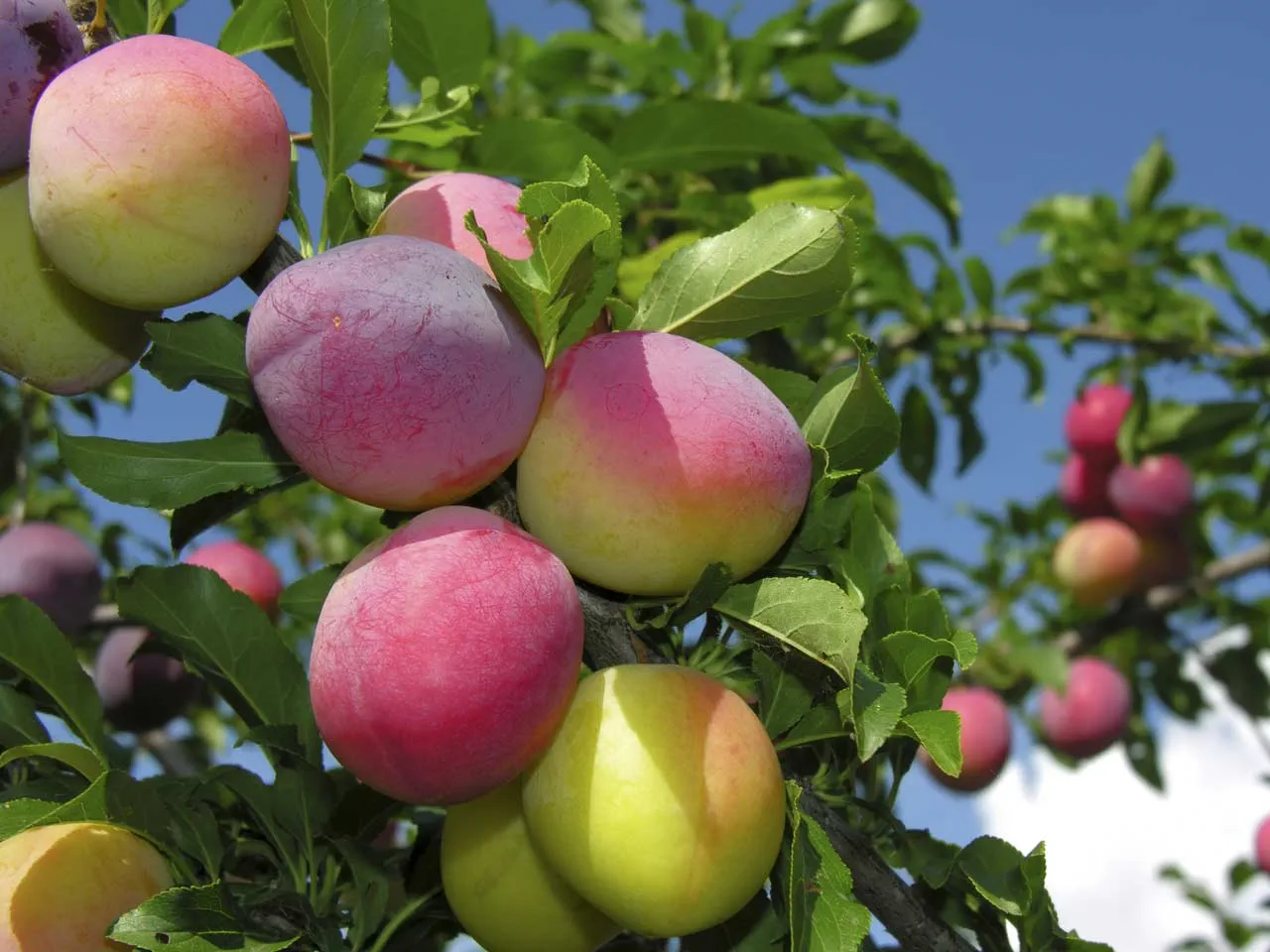
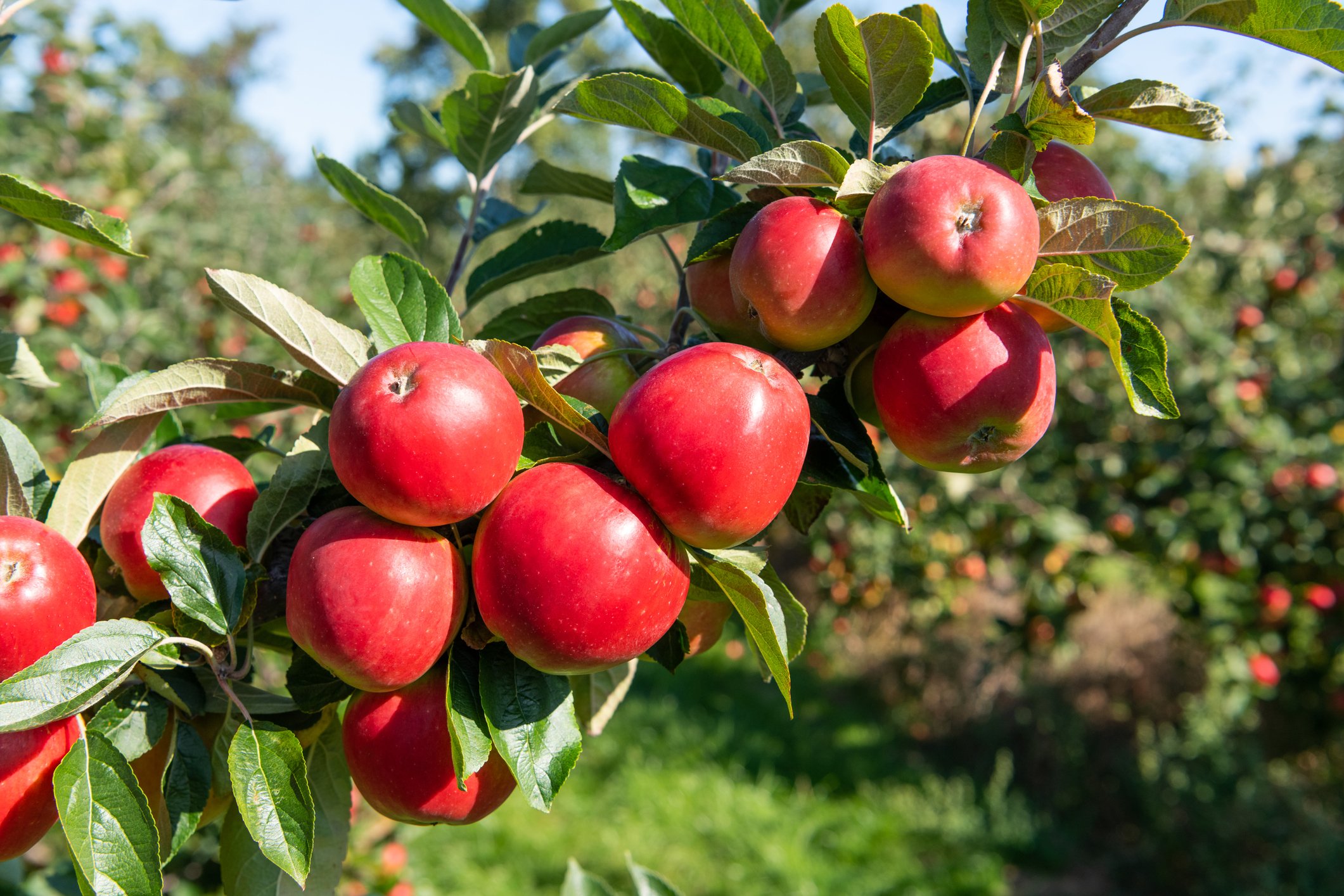
![How To Prune Blueberry Bushes Based On Age [UK]](https://www.thearches.co.uk/wp-content/uploads/How-To-Prune-A-Blueberry-Bush-By-Age.jpg)
